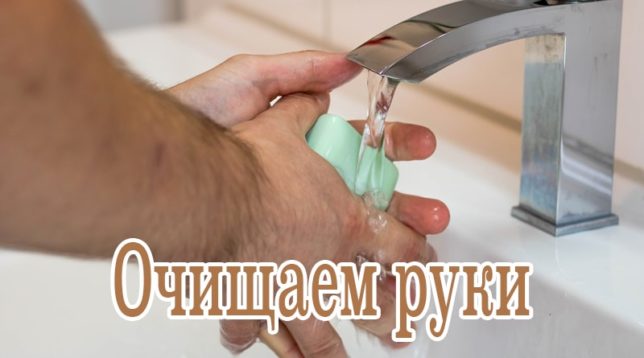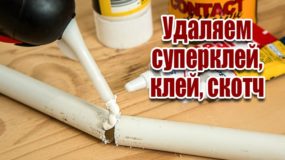Each is familiar with a building accessory, like mounting foam. Fragments of polyurethane foam sealant can be seen after installing windows and doors. This substance of artificial origin is intended to fill gaps, to make thermal insulation or waterproofing of the room.
In appearance, the foamy mass resembles a cream that you want to touch. But this is not worth doing, since it is not easy to clean the mounting foam from your hands and clothes, especially at home.
Construction and repair work is a traumatic process. Calluses, scratches, abrasions and bruises are becoming commonplace for the master. Compliance with safety regulations will help prevent negative consequences. Precautions during installation include the use of protective clothing, gloves, protective masks and headgear (helmets). Thus, it is unlikely that foam will get on your skin or clothing.
Precautions: what you should not forget

The conversation is not only about damaged things or skin contamination that will be cleaned. The fact is that polyurethane foam is a chemically aggressive substance. And safety regulations aim to protect your health.
- When working with foam, breathing must be protected from toxic fumes, so use a respirator or mask.
- To protect the eyes, special glasses are needed. In case of contact with eyes, rinse immediately with running water.
- To avoid irritation on the skin of the hands - use gloves.
- The cylinder contains a mixture of gases, so it can not be stored near electrical appliances, left in direct sunlight or smoking nearby.
Hand and skin foam cleansing

When performing repair work by hand, they first come under attack. And even if you protect the skin surface from harmful effects, there is no guarantee that a small drop of the chemical composition will not damage the skin. Therefore, you need to be prepared to remove foam from your hands. You can perform the procedure in several ways:
- Alcohol is the most sparing option.
- Table vinegar will help with light pollution.
- Acetone has proven itself against traces of mounting foam.
- Gasoline removes sealant well.
Handy tools to help
The above methods can cause a reaction on the skin of the hands due to individual intolerance. And in this case, it is better to use folk methods.
- A method with a therapeutic effect - baths of salt. To do this, a tablespoon of salt is dissolved in warm water and placed in a hand solution for several minutes.
- Traces of foam can be washed off with soap and a hard sponge or pumice.
- Rub skin areas with warm vegetable oil and washing powder. Rinse off the foamed mixture with warm water.
Cleansing is best completed with a fat cream. After that, you can start repair work again.
Spoiled clothes - the process is irreversible
Do not worry if it comes to specialized clothing, which is not a pity. It is enough to cut off the hardened foam from the surface of the fabric, and rub the bottom layer with a solvent. Most often, this tool leaves a bright spot.
What to do if the weekend clothes turned out to be spoiled?
- In this case, it remains to hope for the quality of the fabric, pattern or color, which can withstand the harsh effects of kerosene, gasoline, acetone or nail polish remover.
- Wait for the sealant to dry on the fabric and scrape it off with an office knife or spatula. Knitwear is easy to clean, leaving no residue. To be sure, you can freeze a spoiled thing. Put in a bag and send to the freezer for half an hour. Then remove the contamination manually.
If these methods do not help, decorate the stain.
The secret of experienced builders
Professional craftsmen who are faced with similar situations at work will not spend time and effort on removing sealant stains. They have a secret.
- When purchasing cylinders with mounting foam, they buy a tool for cleaning the mounting gun. It removes pollution, is publicly available and inexpensive.
- There is another secret that not everyone knows about. To eliminate pollution on the surface of clothing can drug "Dimexide" or dimethyl sulfoxide. It should be applied to the fabric with a cotton swab and left for half an hour. The frozen foam is cleaned off with a spatula, and the item is erased as usual.
It turns out that clothes can be brought into proper shape, and hands should be protected from irritation.
In conclusion, back to the precautionary item. In addition to the safety precautions that must be observed when working with polyurethane foam, you should also remember about protection during its removal from various surfaces.
When resorting to chemicals and solvents, you endanger the respiratory system, the surface of the skin of the hands and eyes. Therefore, perform the procedure in a ventilated area, protect your hands with rubber gloves and stay away from open flames. Try to prevent the sealant from getting on the surface, thereby saving your time, health and strength. And, most importantly, successfully complete the repair.










